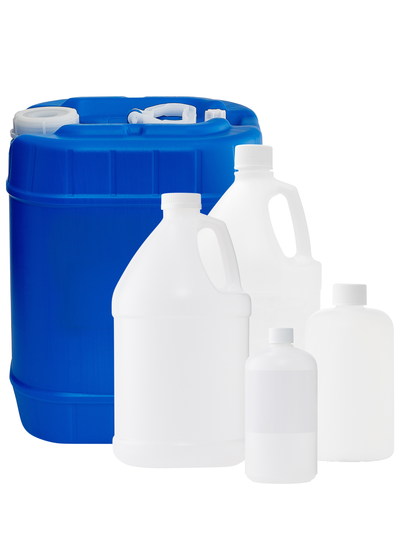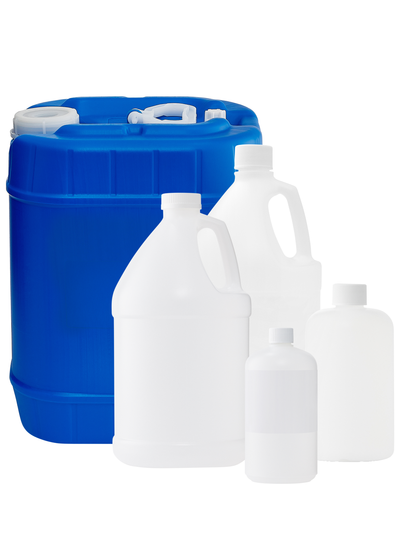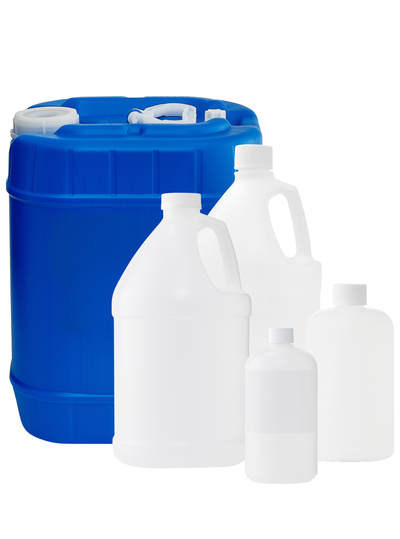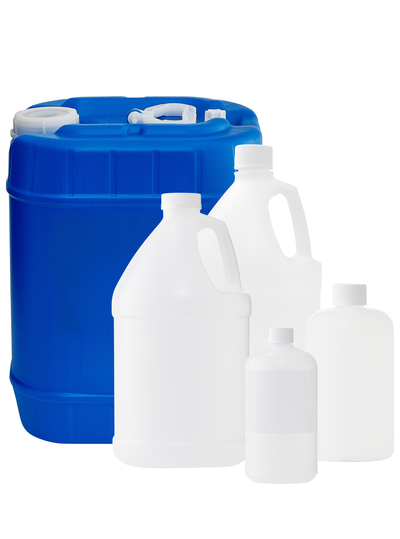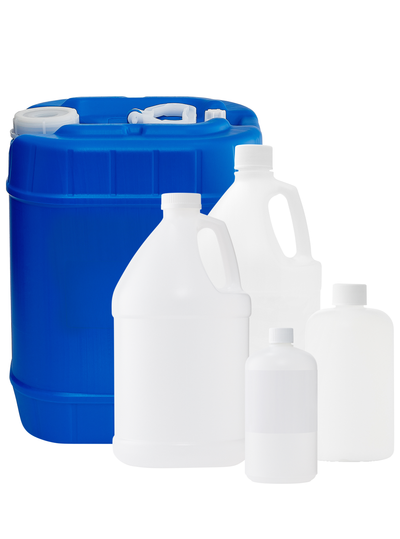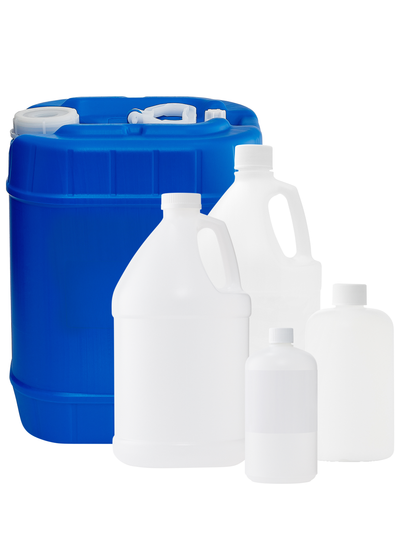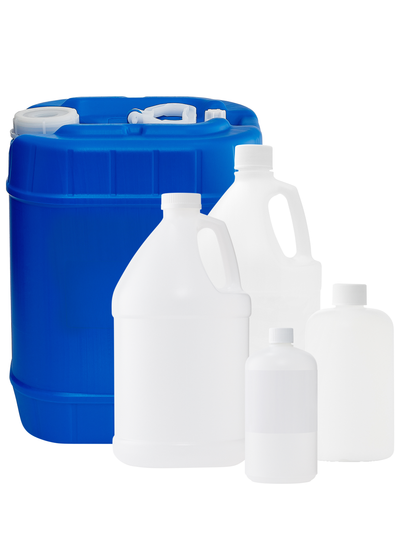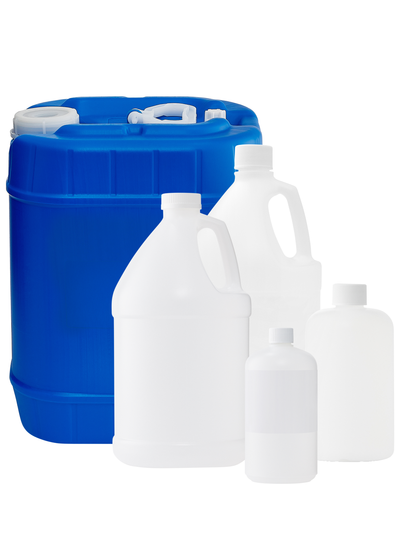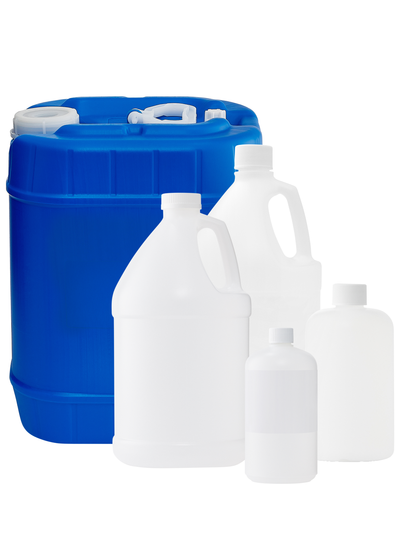
Business Support
Lead Acetate ACS/Analytical Reagent Grade
For questions regarding lead time, please contact a member of our Customer Care Team at customercare@laballey.com
Business Support
Description
About Lead Acetate ACS/Analytical Reagent Grade
Lead Acetate, also known as Lead(II) Acetate and Lead Diacetate, has the chemical formula C4H6O4Pb or Pb(CH3COO)2. It appears as colorless crystals or white crystalline powder with a slight acetic odor and is Water-soluble at ambient conditions. When heated to decomposition, it emits toxic fumes of Lead Oxides. It can be synthesized by dissolving Lead Monoxide or Lead Carbonate in strong Acetic Acid. An ACS Grade reagent is a chemical that meets the purity requirements of the American Chemical Society (ACS). It is generally equivalent to the Analytical Reagent Grade. For dependable, consistent, and repeatable findings, ACS Grade reagents can be utilized in high-quality research labs. In the United States of America (USA), Lab Alley sells its high-quality Lead Acetate, ACS/Analytical Reagent Grade online at laballey.com.
COMMON USES AND APPLICATIONS
- Reagent
- Personal care
- Analytical studies
INDUSTRIES
- Lead driers
- Cosmetics
- Perfume and toiletry industry
PRODUCT INFORMATION
Customer Reviews and Q&A
Safety and Shipping
Please contact us to request a Safety Data Sheet (SDS) and Certificate of Analysis (COA) for Lead Acetate ACS.
Business Support
Built for Business.
At Lab Alley, we simplify procurement with custom quotes, credit applications, tax exemptions, and fulfillment support, ensuring on-budget, on-time delivery - your success is our priority.
Apply for Credit
A Lab Alley credit account streamlines purchasing for your business. Our Customer Success Team is available to help you through every step of the process.
Request a Custom Quote
Get a fast, customized quote tailored to your specific needs. Our team ensures accurate pricing and availability to help streamline your purchasing process.

Additional Business Resources
Lab Alley provides access to essential certifications, documents, and other resources to support your business.

Create a Lab Alley Account

RECEIVE exclusive offers, promotions, and discounts on chemicals.

Always have the product you need, when you need it with our AUTOSHIP program.


